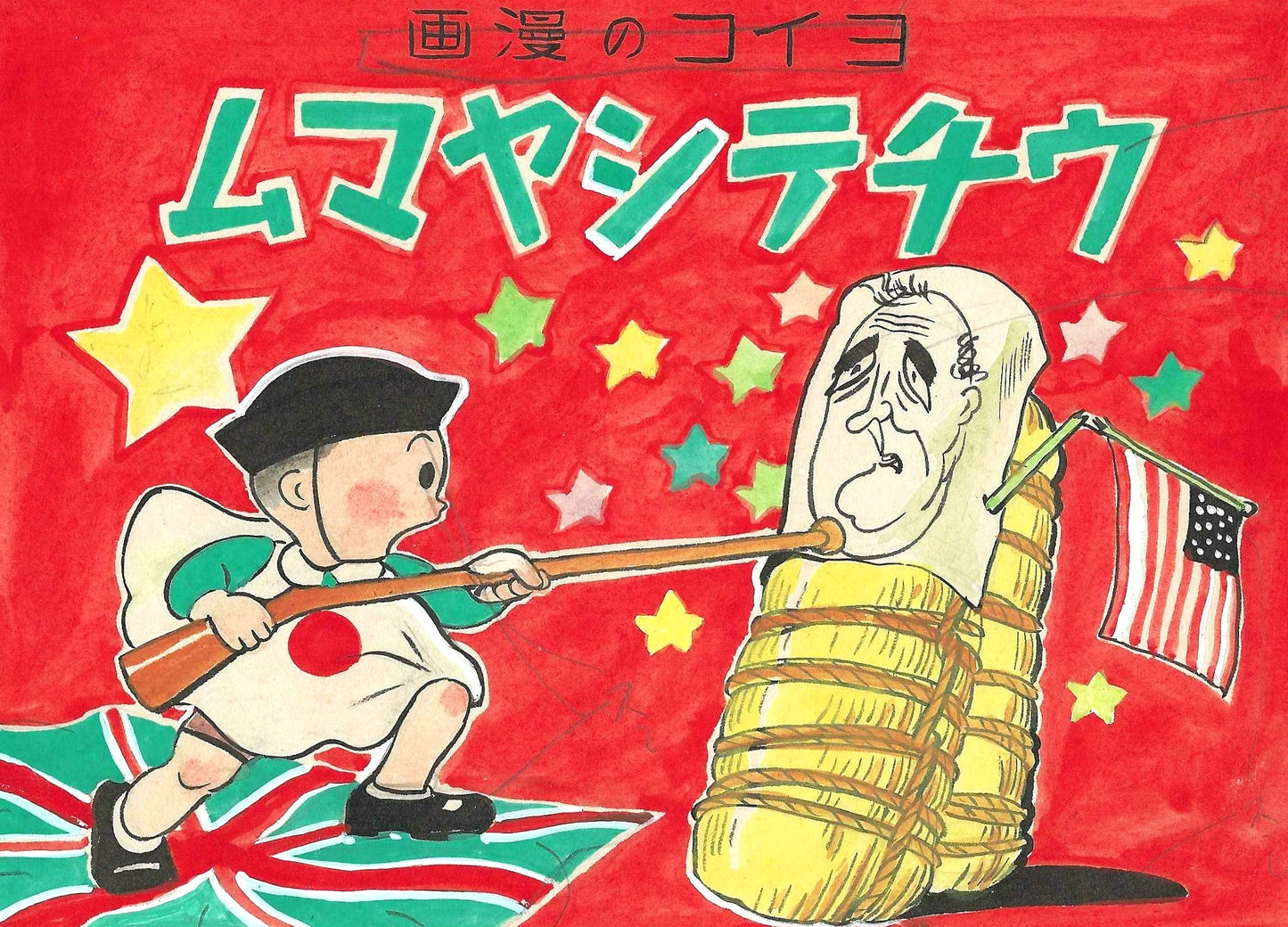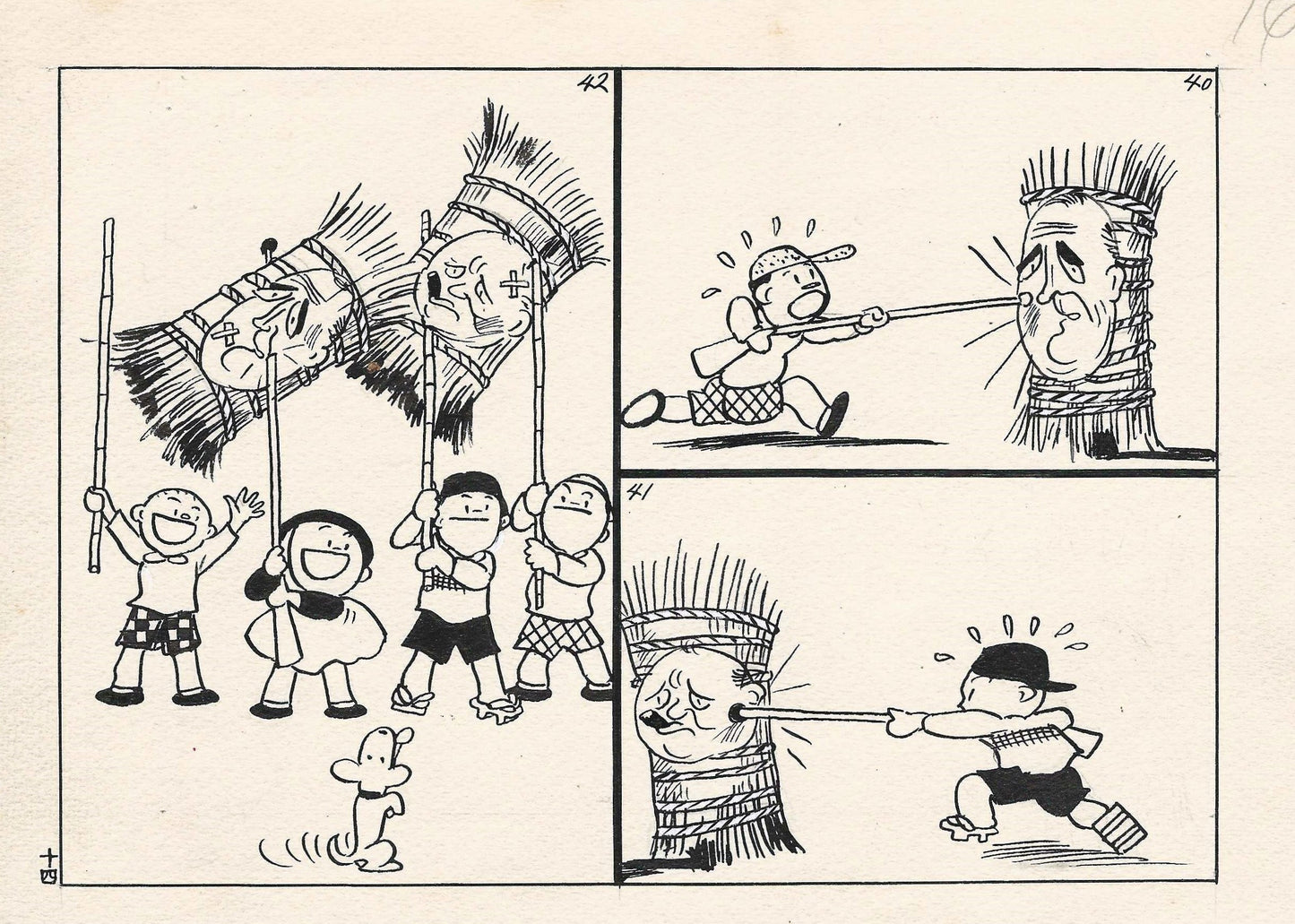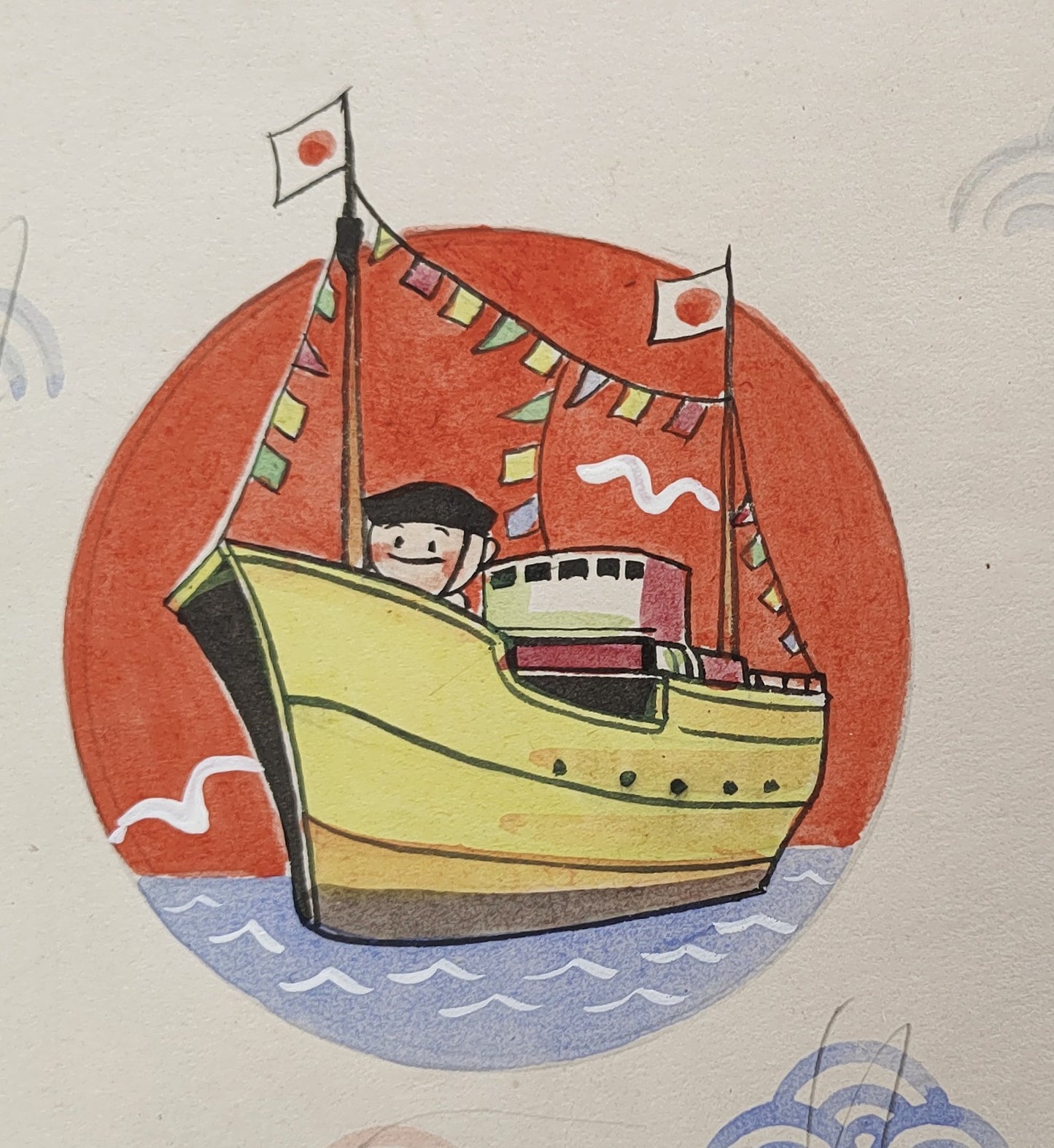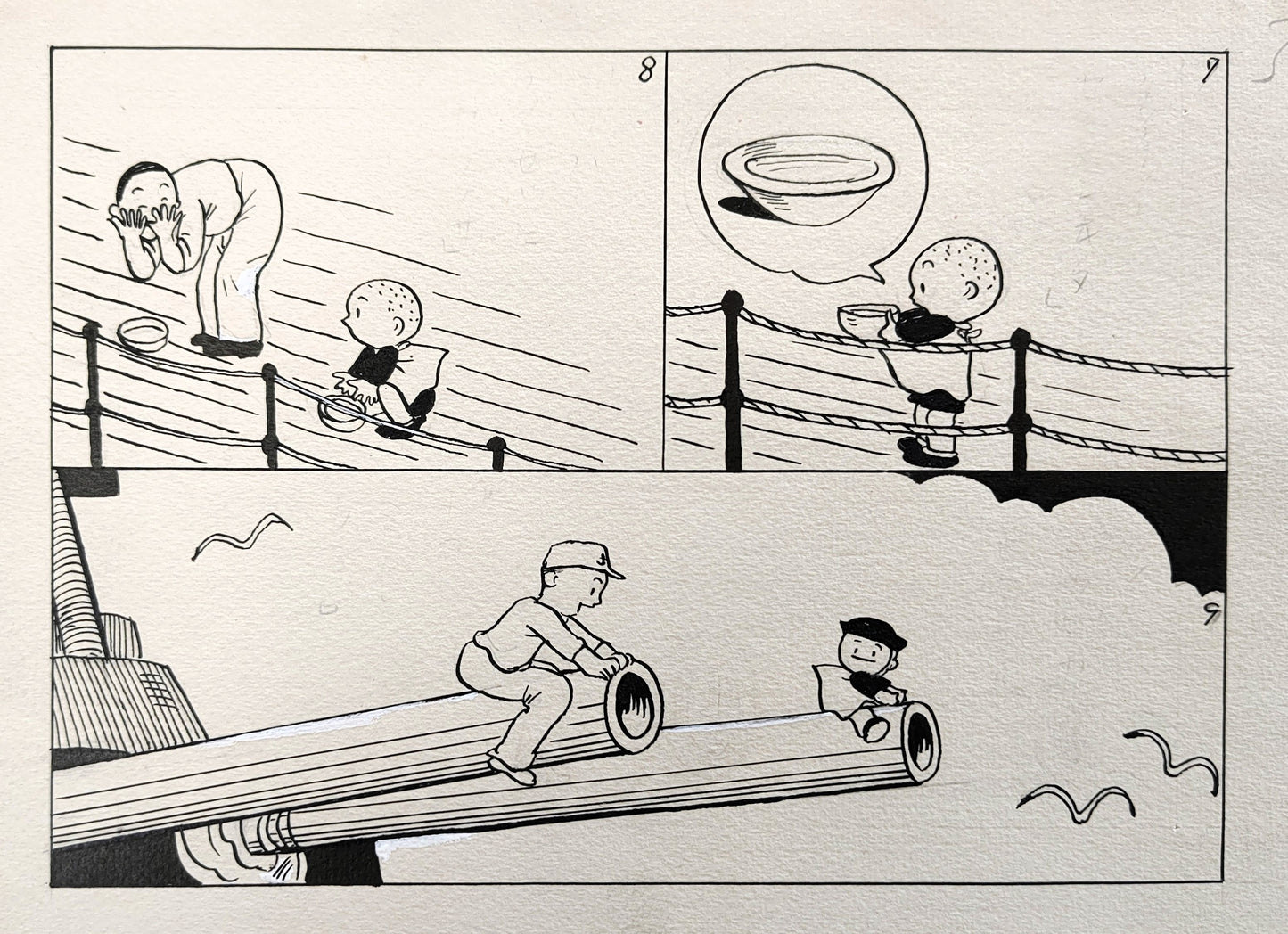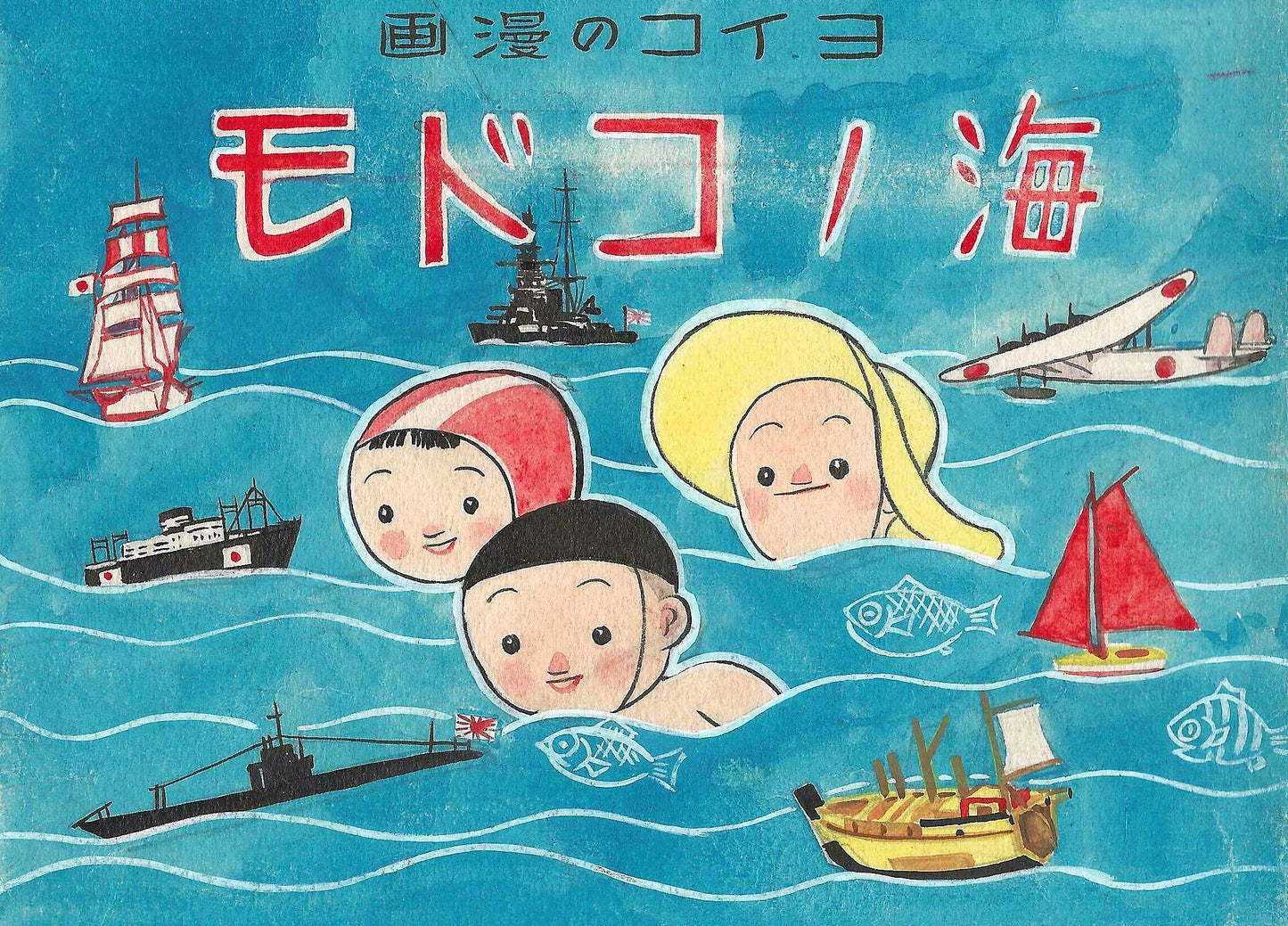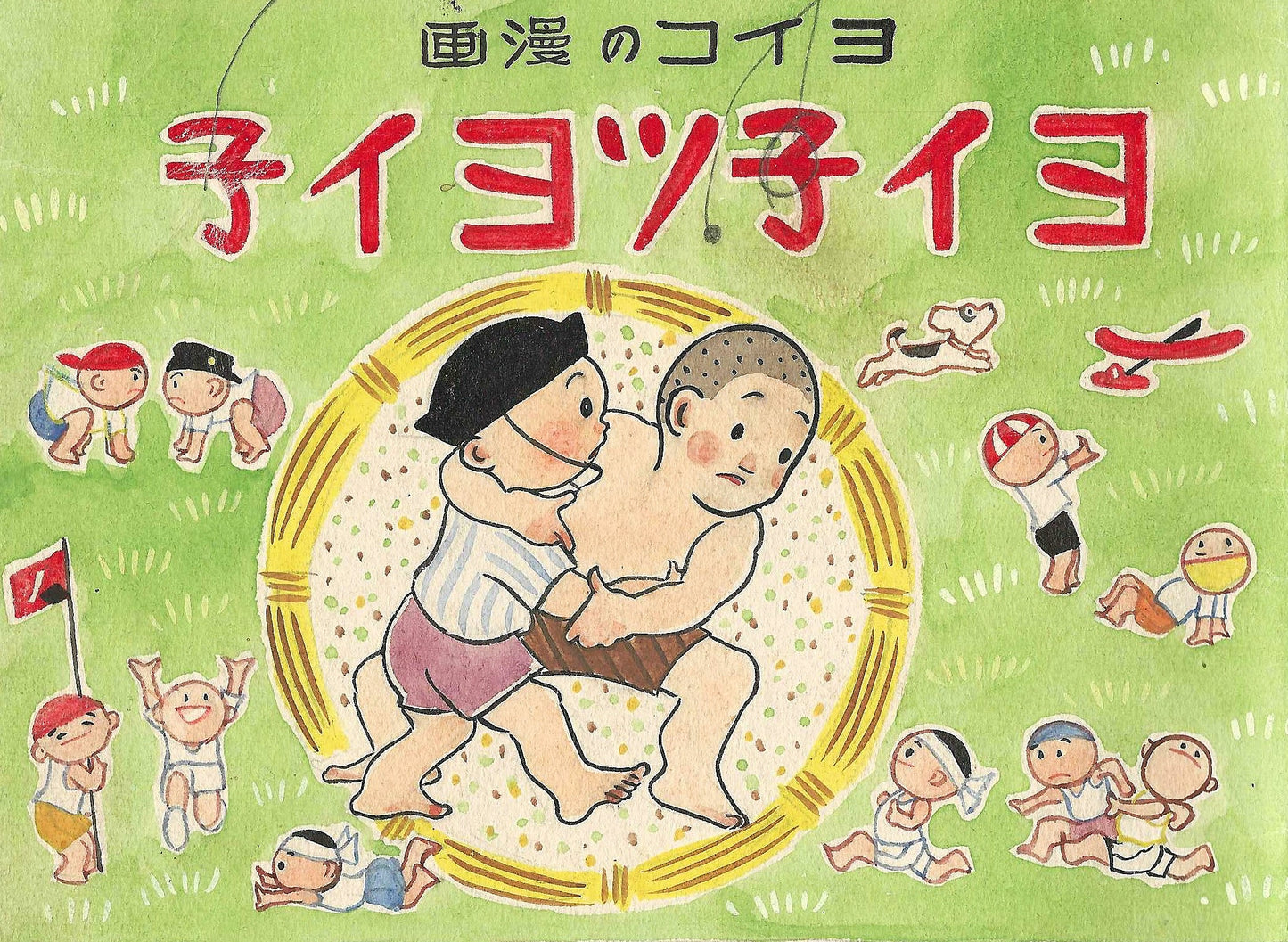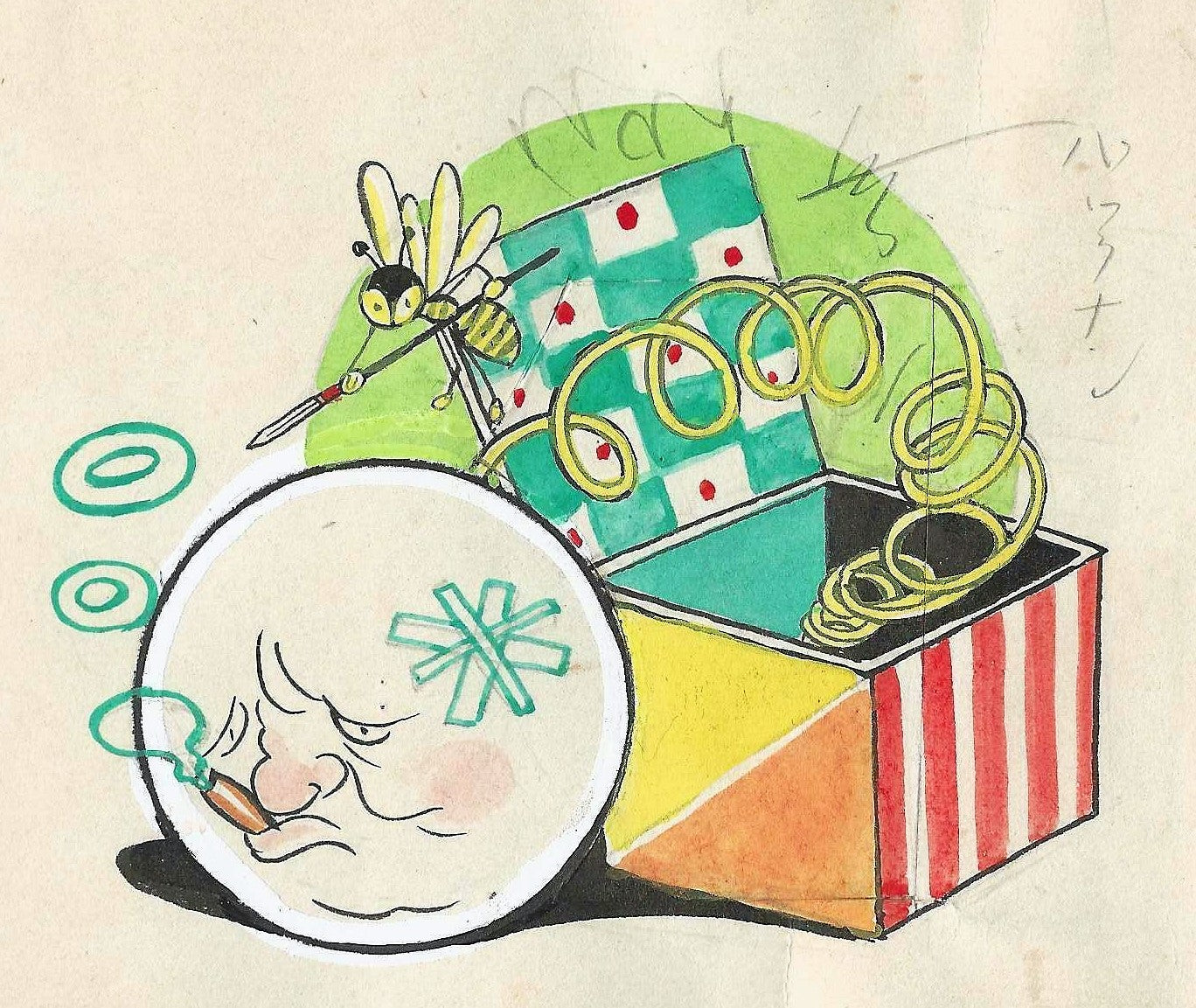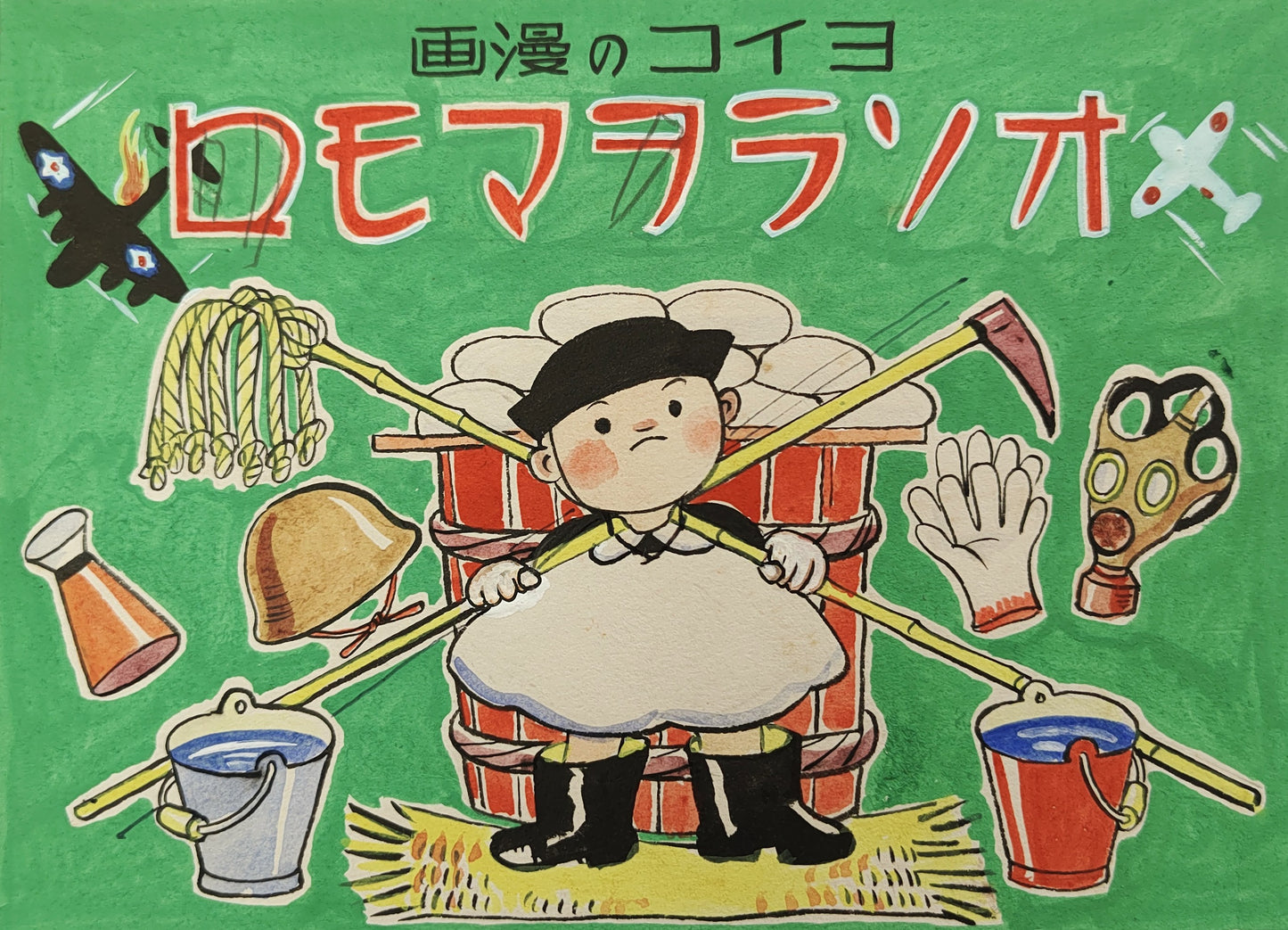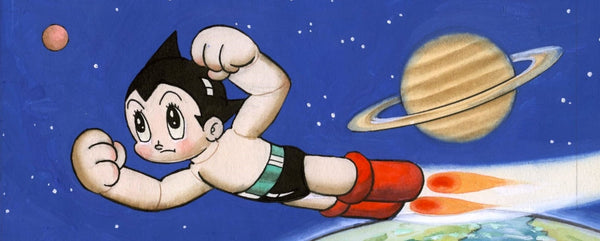Yasuo Hara
Biography | Yasuo Hara (1897-1984)
Biography | Yasuo Hara (1897-1984)
Couldn't load pickup availability
Yasuo Hara (1897-1984) was a significant figure in the early development of Japanese manga. Born in a time when manga was still in its infancy, Hara played a crucial role in shaping the 9th art form. He began his career in the 1920s, during a period of rapid change in Japanese society, where traditional narratives were blending with modern influences. His early works showcased a unique ability to combine social commentary with engaging storytelling, addressing contemporary issues faced by the Japanese population.
Hara's art style was notable for its clarity and expressiveness, which helped to set a standard for future manga artists such as Osamu Tezuka. Yasuo Hara was among the first to explore the potential of manga beyond mere entertainment, using it as a tool for reflection and critique of societal norms.
Despite the growing popularity of manga as entertainment, the 1930s and 1940s were a challenging time for Hara and other artists due to the rise of censorship under Japan's government.
Hara was pressured to produce nationalistic propaganda works, a requirement he complied with reluctantly. His propaganda comics, while very skilfully drawn, obviously lacked the critique he had put in his earlier work.
Even with the challenges of war and political turmoil, Hara remained dedicated to his craft. He continued to innovate, experimenting with different genres and narrative techniques. His influence can be seen in the works of many later manga artists who drew inspiration from his ability to weave complex themes into accessible formats. Hara's legacy is one of creativity and resilience, ensuring that his impact on the manga industry remains significant to this day.
Over a period of 6 decades, Hara expanded his portfolio, creating a diverse range of characters and stories that resonate with his readers. His best-known works include the picture book Kendama Ken-chan and the manga Choppiri Pirisuke and Dairiki Muchanosuke
These works were published after WW2 and were widely read by children. Besides in manga, he was also active in a wide range of media, contributing works to magazines such as Silver Bell and My Kindergarten
Share

